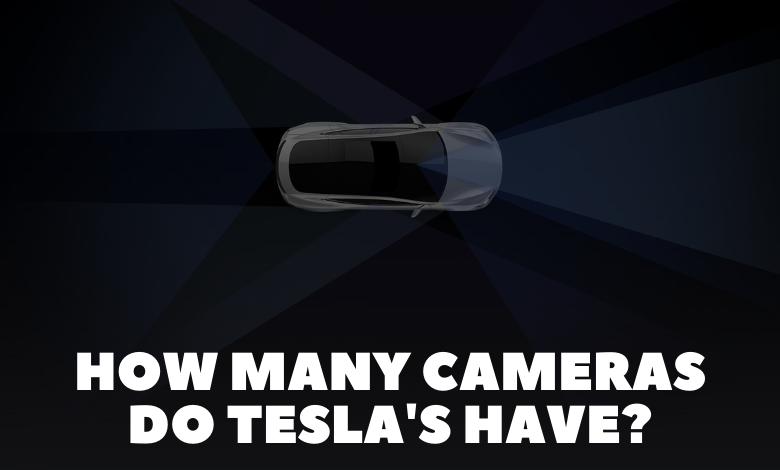How Many Cameras Do Tesla’s Have?

Tesla’s innovative approach to automotive technology extends beyond electric powertrains and autonomous driving features—it also includes advanced camera systems that play a crucial role in enhancing safety, convenience, and autonomy. If you’ve ever wondered about the number of cameras equipped on a Tesla vehicle and their functions, you’re in the right place. As a Tesla technician, I’ll provide you with an in-depth exploration of the camera setup across various Tesla models.
Understanding Tesla’s Camera System
Tesla vehicles are equipped with an array of cameras strategically positioned to provide comprehensive coverage of the vehicle’s surroundings. These cameras serve as the eyes of Tesla’s Autopilot and Full Self-Driving (FSD) systems, enabling features such as adaptive cruise control, lane-keeping assistance, and autonomous driving capabilities.
Camera Placement and Functionality
The number and placement of cameras may vary slightly depending on the Tesla model and production year. However, as of the latest models, here’s a breakdown of the typical camera setup:
1. Front-Facing Cameras
- Positioned at the front of the vehicle, usually near the rearview mirror.
- Used for detecting and tracking vehicles, pedestrians, and objects ahead of the vehicle.
- Plays a crucial role in adaptive cruise control, automatic emergency braking, and forward collision warning systems.
2. Forward-Facing Cameras (Wide Angle)
- Additional front-facing cameras with a wider field of view.
- Enhances the vehicle’s perception of the surrounding environment, particularly in complex driving scenarios.
3. Side Cameras
- Located on the sides of the vehicle, typically near the front wheel arches or side mirrors.
- Provide visibility of adjacent lanes and help detect vehicles in blind spots.
- Assist in lane-keeping assistance and lane-change maneuvers.
4. Rear-Facing Cameras
- Positioned at the rear of the vehicle, often integrated into the trunk lid or rear bumper.
- Aid in rearview visibility, parking assistance, and detecting approaching vehicles when reversing.
- Essential for features like rear cross-traffic alert and automatic parking.
5. Rear-Facing Cameras (Wide Angle)
- Additional rear-facing cameras with an expanded field of view.
- Improve situational awareness and object detection during parking maneuvers and low-speed driving.
6. Interior Camera (Model 3 and Model Y)
- Mounted above the rearview mirror inside the vehicle’s cabin.
- Monitors driver attentiveness and serves as a safety feature for Tesla’s driver monitoring system.
- Enables features such as driver-facing camera recording and in-cabin surveillance.
Conclusion
Tesla’s camera system represents a cornerstone of its commitment to advancing automotive technology and safety. By strategically positioning multiple cameras around the vehicle, Tesla enhances driver assistance features, autonomy, and overall situational awareness.
Whether it’s navigating busy city streets, maneuvering through tight parking spaces, or cruising on the highway, Tesla’s camera array provides drivers with invaluable support and peace of mind. As a Tesla technician, I’m excited to see how Tesla continues to innovate and optimize its camera technology to shape the future of driving.
